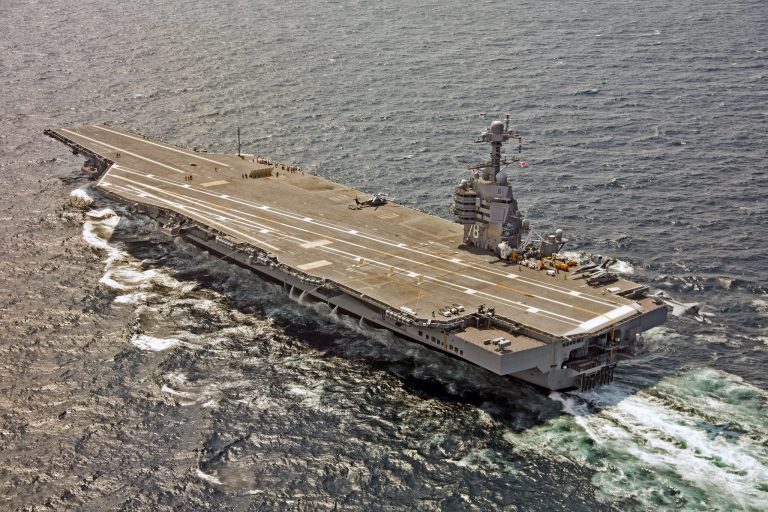- Reaction score
- 0
- Points
- 360
Senator McCain eyeing getting rid of the Ford class carriers before they even get completed?
Washington Post
Reuters
Washington Post
Why John McCain called this $13 billion aircraft carrier a “spectacular” debacle
As the Gerald R. Ford-class aircraft carrier enters the annals of troubled acquisition programs—billions over budget, years behind schedule—it follows a familiar script, becoming yet another example of how the Pentagon struggles with buying major weapons systems.
The Navy’s program has become “one of the most spectacular acquisition debacles in recent memory. And that is saying something,” McCain (R-Ariz.) said during a Senate hearing on the troubled program Thursday.
But one thing stands out about the Ford-class carrier program that separates it from other flawed Pentagon acquisitions: the fact that Congress’ watchdog predicted many of the exact failures now plaguing the program almost a decade ago.
(...SNIPPED)
Reuters
Senators blast cost increases on U.S. Navy aircraft carrier
Reuters By Idrees Ali
13 hours ago
Washington (Reuters) - Senator John McCain on Thursday said huge cost overruns on a new class of aircraft carriers built by Huntington Ingalls Industries Inc made it "one of the most spectacular acquisition debacles" in recent years, and the Navy needed different options for the future.
The USS Gerald R. Ford, the first of three new nuclear-powered, city-sized aircraft carriers, is expected to cost $12.9 billion, or $2.4 billion more than originally expected, McCain told a hearing of the Senate Armed Services Committee he chairs. The second ship, the USS John F. Kennedy, is $2.5 billion over budget at $11.5 billion, and five years behind schedule.
(...SNIPPED)



